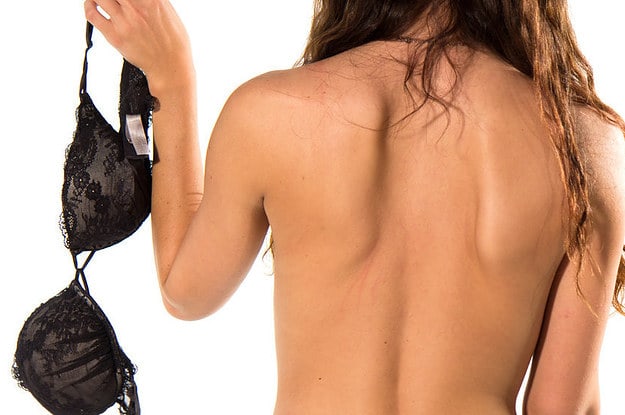Breast, most people in the world have them. They have become something of an identity to femininity. It doesn’t matter if it’s big, small, dark, light, with freckles, or so on; you’re still going to love them and so would half the population. A lot of people don’t know about the trouble these two things can bring. That disregards the back pain caused by carrying these boulders and breastfeeding. We’re talking about everyday breast problems. From nipple hair to sagging ta-ta’s. Let’s take a moment to discuss some of the common issues we face with our little lady lumps and learn about what we should and shouldn’t do when it comes to taking care of it.
Boob Sweat
Not a lot of people will admit to this problem, but all of us suffer from it. We’re not talking about that sweat you get after the gym, we’re talking about the waterfall women who have low hanging breast experience. The under boob area is prone to sweat and dirt. Making it one of the easiest area to get irritation, infections and rashes, if you’re not able to take care of it properly. There really isn’t a product that can prevent this sweating since this is a natural reaction. Though, there some easy ways you can prevent this from getting worse. Such as applying baby powder before applying your bra to avoid abrasion and sweating. You can reduce excessive sweating with a bit of anti-perspirant deodorant, though this is not advised as a daily habit for this is needed to sweat to reduce infections. Another innovative way for this it to wrap some panty liners on the bottom of the lining of your bra. This can help reduce the sweating and prevent irritation from your bra.
Reduce Stretch Marks and Sagging
Weight fluctuation usually occurs in women throughout our lives, from our first period until our last day. This is due to the body’s different needs when we get older. So, don’t get worried when your breast is starting to sag a little or have a few stretch marks. This is completely normal, especially in women who experienced a sudden growth in their youth. Going from an A cup to a C can definitely give you stretch marks. This also applies to women who are pregnant or experienced excessive weight loss. Sagging also occurs in these situations. There is no way to completely remove stretch marks, but there are ways to lighten them. Specifically, using items that target stretch marks can help reduce them. You can help reduce sagging by wearing bras to help support your breast and perform regular chest exercises. During pregnancy you can reduce stretch marks by applying moisturizer on your breast regularly.
Acne
The breast is not a common area for pimple or acne, but the chest is one of the most common areas for breakouts. This area is prone to exposure and sweating, making one of the worst place for blemishes. The first thing you have to assess when facing acne in this area is to look at your routine. Do you wear tight fitting clothes throughout the day? Do you shower after a long day of sweating and being exposed to pollutants? If not, then this may be the cause of your acne. You don’t have to take a bath every day to prevent this. Though, you have to cleanse this area. Using facial wipes or wet wipes on this area when you experience sweating can help reduce the breakouts. Using soft fabrics when you have acne on your chest can help reduce irritation.
Nipple Hair
During the puberty talk, most of us weren’t informed of the dreaded nipple hair. This doesn’t affect everybody, but all of us have hair follicles around the breast area and some of them tend to be more erratic than others. Some hair grows up to two to three inches in length if left alone. Some people tend to grow more hair in these areas that can be a bit irritating. Though, this area can be a bit sensitive; so waxing and plucking can be difficult. Some people would opt for trimming or shaving. If you have a chance to shell out some money, opt for electrolysis.
Our breast is easily affected by everything we do. From how much we exercise to what we put in our body. It’s important to take care of them and make sure to perform breast exams at least once a month.
